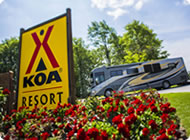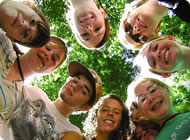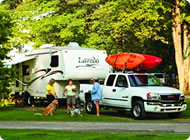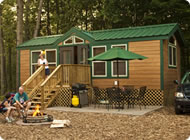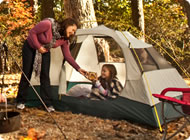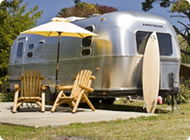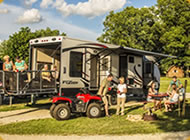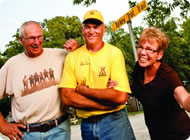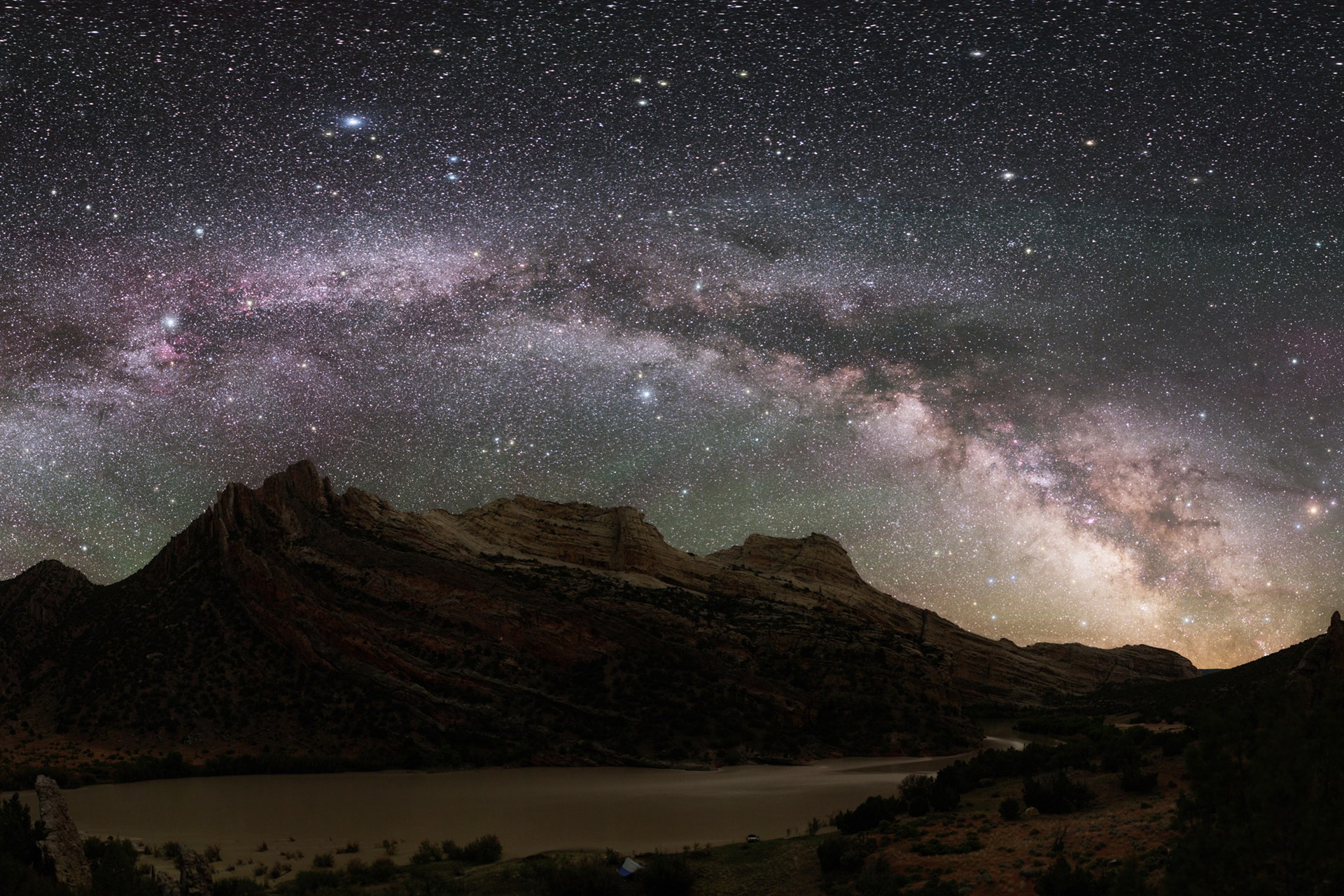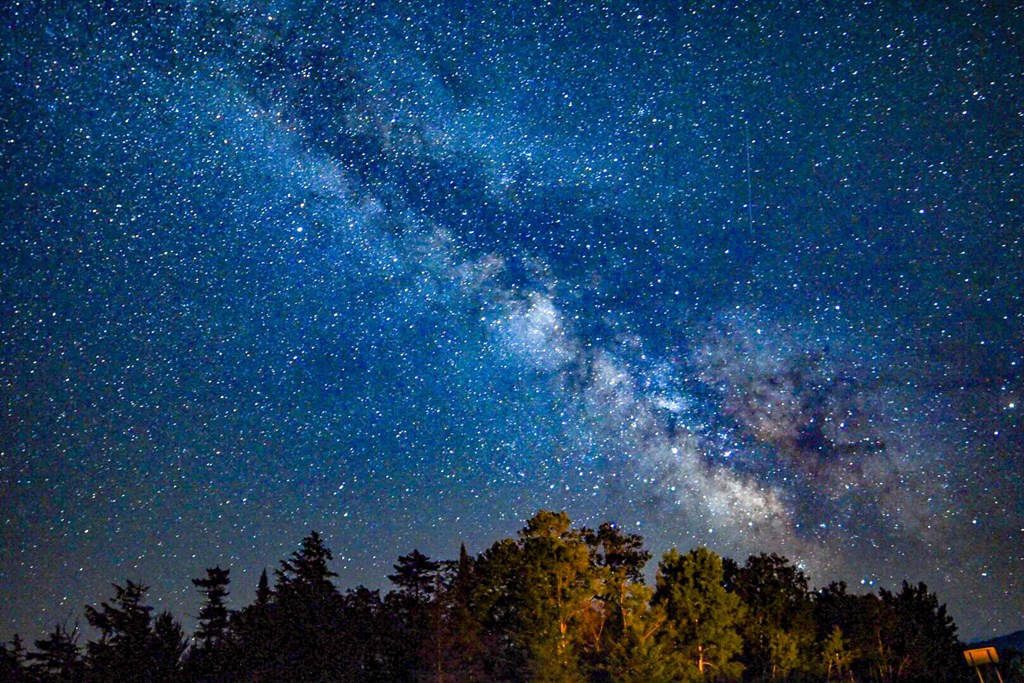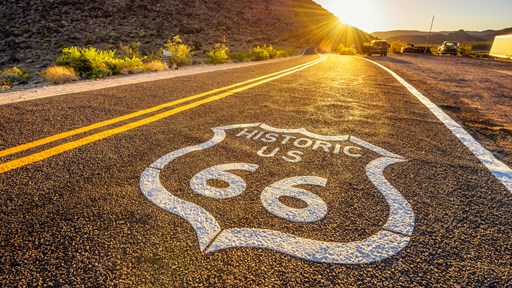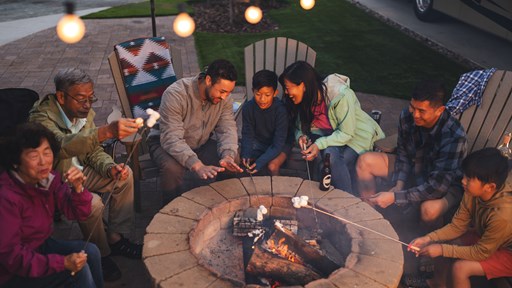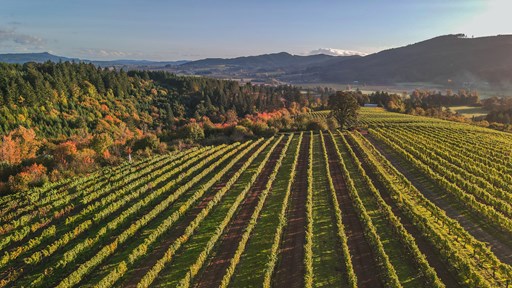When was the last time you gazed into the sky and took a good, long look at the stars?
It’s a humbling experience. Yet, beneath the quiet and dark expanse, you can’t help but feel a small part of this vast and complex universe. The unfortunate reality for many is that the stars in the night sky are often obscured and unseen due to light pollution or excessive artificial light permeating many cities and towns.
Sad but true, getting a good look at the stars and even the Milky Way nestled deep into the night sky — the same night sky your ancestors gazed at — sometimes requires a memorable trip to a remote location at a particular time of year. It’s so worth it, though. These places are known as “dark sky parks.”
The International Dark-Sky Association advocates dark sky parks as national areas protecting true darkness. In turn, these parks protect nocturnal species and allow scientists to do astronomy research. And, of course, the protected parks with their views of the galaxy are excellent places for the public to enjoy.
To make the International Dark-Sky Association list of dark sky parks, a prospective park must meet certain qualifications. The application process includes a sky quality survey, plans for education and outreach and details about how the park manages light. There are currently almost 200 designated international dark sky sites around the world.
There’s plenty to do at these places besides look up. At a dark sky park, you might enjoy a moonlight walk, attend a star party, spend some time with astronomers gazing through an observatory telescope, map constellations or capture otherworldly photos with a camera. Many parks known for their stargazing will host astronomy and stargazing workshops at various times throughout the year.
There are lots of fabulous dark sky destinations all across the United States. Here’s a list of parks and dark sky camping options to get you started on your next night sky adventure.
Looking for Place to Stargaze? These Dark Sky Destinations Are a Great Place to Start!
1. Tupper Lake,
New York
This New York dark sky park encompasses more than six million acres of land and is the largest publicly protected area in the contiguous U.S., with the town of Tupper Lake nestled in the center.
Visitors to Tupper Lake are privy to some of the darkest skies in the Eastern United States, thanks to a combination of low light pollution, low humidity and high altitude. You can set up at a dark sky campground nearby to appreciate the stars every night. The Adirondack Sky Center & Observatory also features stargazing parties, lectures and other special events focused on the wonders of the night sky.
For daytime exploration, The Wild Center at Tupper Lake features an elevated treetop trail that links bridges and walkways for a bird’s-eye view of the Adirondack forest. Back on ground level, visitors can experience additional trails and a kid-friendly play area.
Campgrounds Nearby:
Lake Placid / Whiteface MTN. KOA Holiday
Natural Bridge / Watertown, NY KOA Journey
2. Cherry Springs State Park, Pennsylvania
Another popular stargazing destination in the Northeast, Cherry Springs State Park in Coudersport, Pennsylvania, has its own astronomy observation field and offers private tours. Enthusiasts will want to register well in advance to attend one of the destination’s celebrated “star parties.” Some lucky visitors to the park have even reported catching a glimpse of the Northern Lights here.
At just 1.7 square miles, this park is small but particularly family-friendly. Kids will love the many programs offered on the wonders of the night sky and the natural world.
The park is open year-round, so as with any dark sky park, visitors are encouraged to check the forecast for clear skies.
Campgrounds Nearby:
Dubois / Treasure Lake KOA Holiday
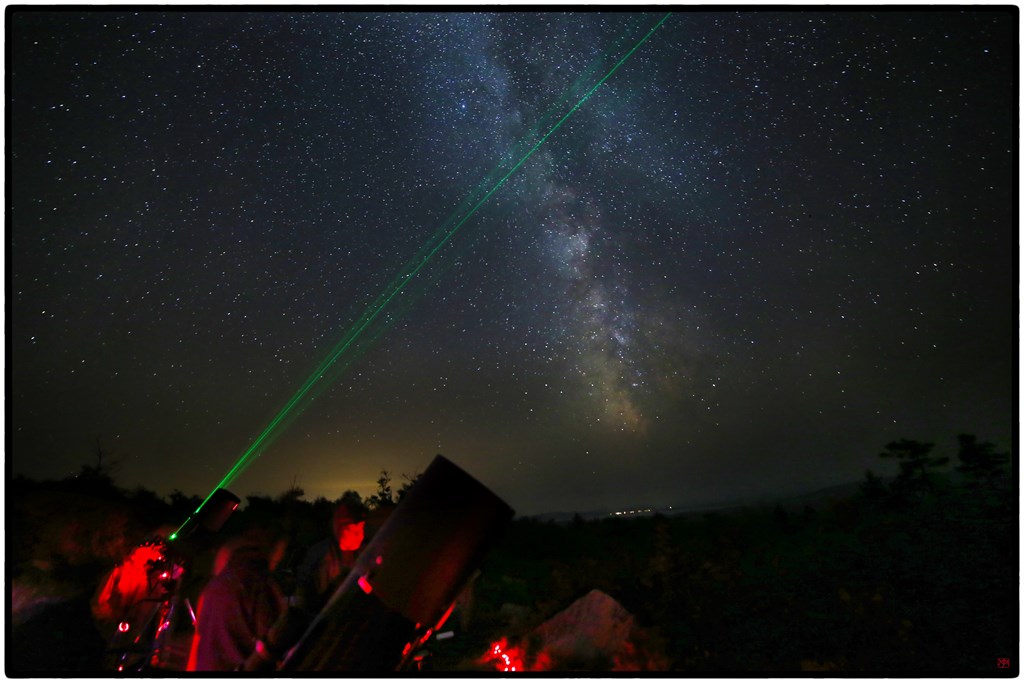
3. Katahdin Woods and Waters National Monument, Maine
With its rocky shoreline, lush forests and lobster, Maine is a well-loved natural destination any time of year, but it’s also home to Appalachian Mountain Club’s Maine Woods, a designated International Dark Sky Park.
The area is a breathtaking spot for daytime and nighttime exploration, including a section of the Appalachian Trail. The Katahdin Woods and Waters are part of Maine’s scenic North Woods, making it a popular place for outdoor recreation, like hiking, camping, and snowmobiling. The area is also a place of historical and cultural significance. As the sun sets, the stars shine brightly and boldly at night.
Each October, the visitors can attend the Stars over Katahdin celebration, a fete in honor of the night sky that’s now heading into its tenth year.
Campgrounds Nearby:
Houlton / Canadian Border KOA Journey
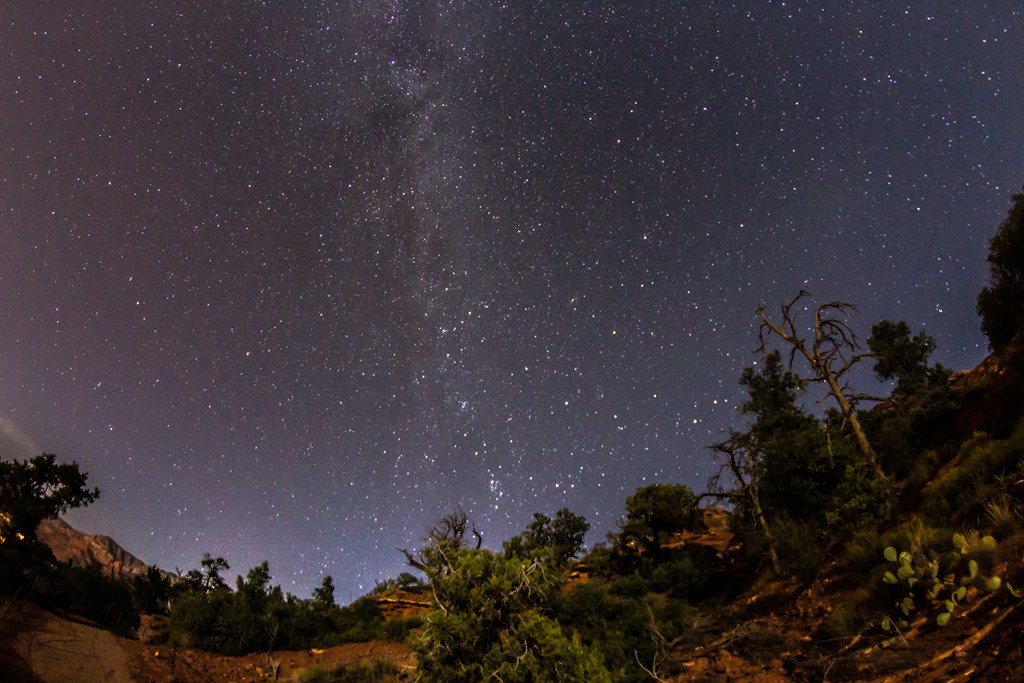
4. Benson, Arizona
The city of Benson, Arizona, went from a sleepy stagecoach mail delivery route in the 1870s to a railroad hub in the 1880s. Although Amtrak still makes its way to Benson, the big draw to the city is now arguably Kartchner Caverns State Park, another International Dark Sky Park located ten miles outside the city.
Kartchner Caverns is a popular place for professional and amateur astronomers and hosts numerous star parties and public events throughout the year. As the park name indicates, the geological caverns of the area are also fantastic places to explore in the daytime.
In addition to the caverns, visitors enjoy nearby Bisbee’s historic district, which includes the Copper Queen Library and Bisbee Mining and Historical Museum, and a handful of eclectic vintage and artisan craft stores.
Campgrounds Nearby:
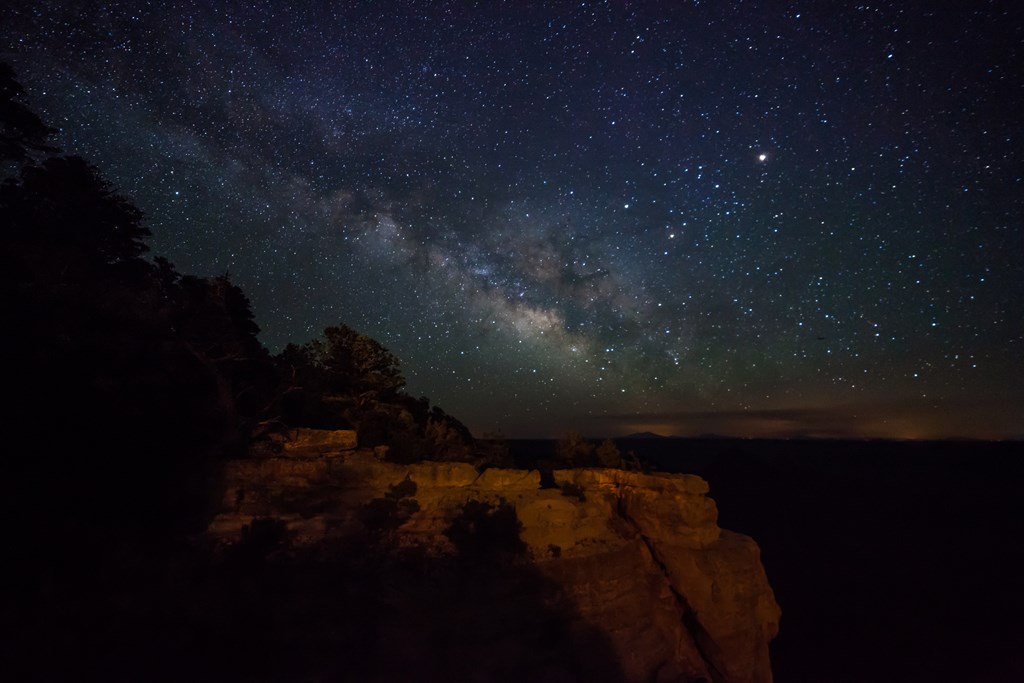
5. Grand Canyon National Park, Arizona
As one might imagine, the majestic Grand Canyon National Park has a few particularly incredible locations for stargazing. Many hikers say that a trek around the canyon’s rim or down into its depths is a bucket-list excursion. Now imagine topping off the day by kicking back at a constellation tour or star party at the park.
“What is a ‘star party’?” you ask. The event typically begins at sundown. Astronomers and star enthusiasts might prop up their telescope at the park’s visitor center to peep at planets, double stars, star clusters, nebulae, and distant galaxies. Attendees are encouraged to bring a red flashlight and are discouraged from using white flashlights and cell phone lights at the event.
Grand Canyon’s Desert View Watchtower is one popular spot to capture the Milky Way via astrophotography. In addition, night sky photography workshops and constellation talks take place throughout the year at the park.
Campgrounds Nearby:
Grand Canyon / Williams KOA Journey
Williams / Exit 167 / Circle Pines KOA Holiday
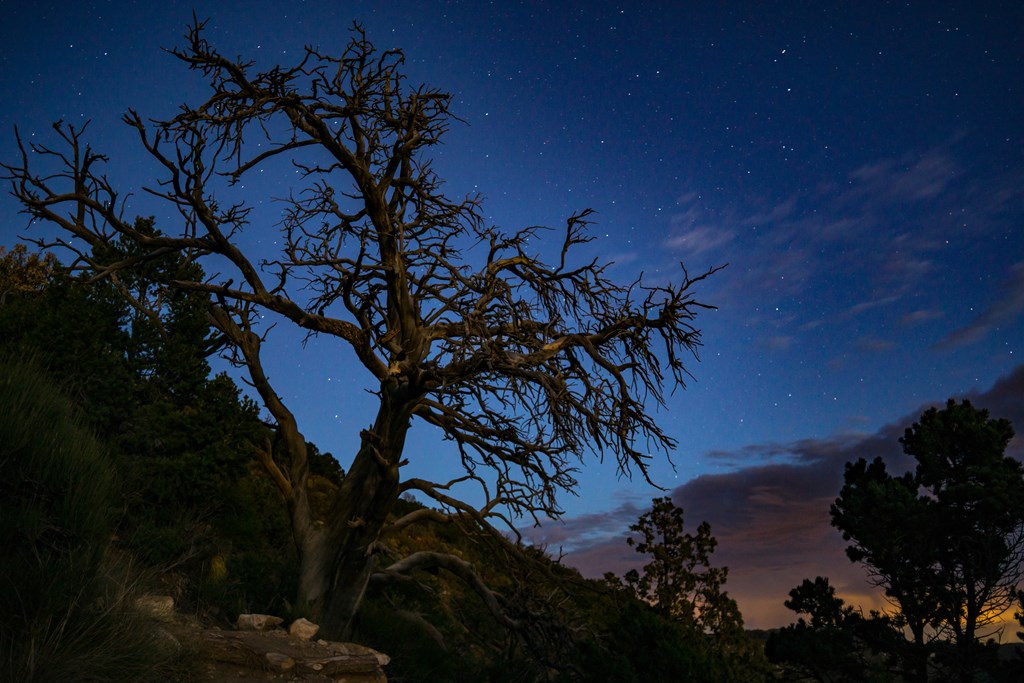
6. Ramah, New Mexico
New Mexico is home to more than a few dark sky parks. For many, stargazing in this area has been an ancient and spiritual pastime dating back thousands of years with the indigenous Puebloans. Even today, native people of the region seek guidance from the night sky and embrace it in their religious ceremonies.
Some popular dark sky areas here are El Morro National Monument, Capulin Volcano National Monument, Cosmic Campground, and Salinas Pueblo Missions National Monument. At El Morro, designated an International Dark Sky Park in 2019, visitors can view the Milky Way stretching from horizon to horizon on a clear night. In the daytime, the park’s hiking trails and prehistoric petroglyphs carved into rock make for an enchanting experience.
Campgrounds Nearby:
Holbrook / Petrified Forest KOA Journey
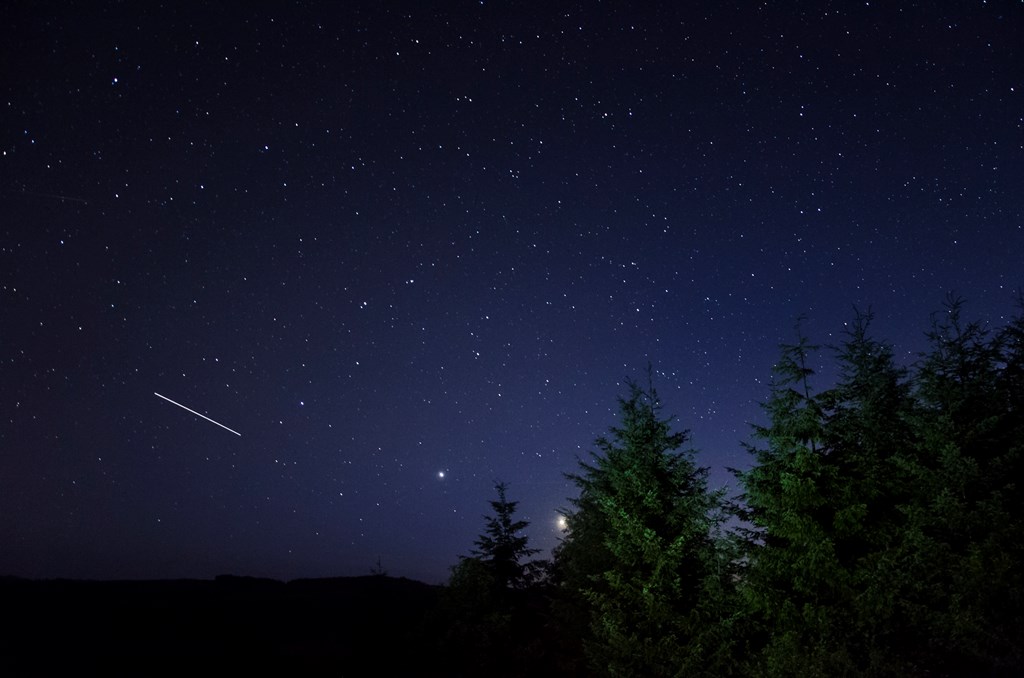
7. Prineville, Oregon
No surprise, the Pacific Northwest is an enjoyable place to stargaze. It’s already an excellent destination for campers and hikers thanks to the imposing rock formations and rich green landscape. And at night, in the right places, this beautiful state reveals the stars.
Oregon has an excellent Dark Sky Place called Prineville Reservoir State Park.
The Prineville Reservoir State Park in Central Oregon offers educational programs where an expert walks through planets and star displays in the sky. This park requires visitors to acquire and display a Stargazing Permit after park hours in the designated day-use area.
Visitors to the state park can enjoy daytime activities like launching a boat to explore the area and fish for trout and other fish. The reservoir also features a swimming area and scenic drives.
Campgrounds Nearby:
Redmond / Central Oregon KOA Holiday
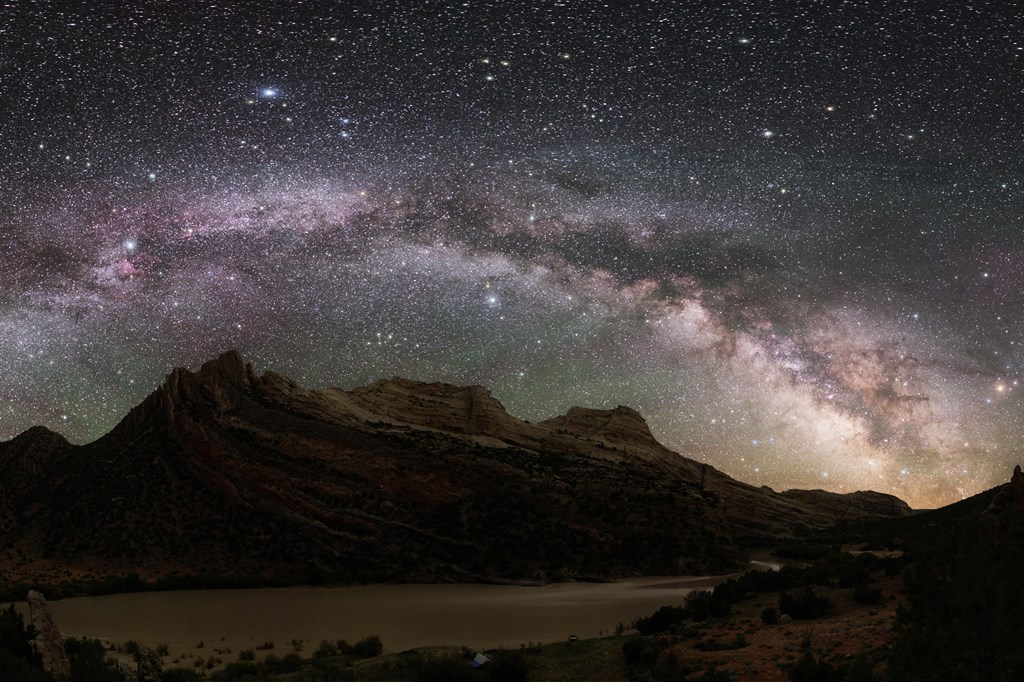
8. Dinosaur National Monument, Colorado, and Utah
Colorado and Utah’s Dinosaur National Monument is great for many reasons — hikers love it, campers love it, kids love it, adults love it, and anyone who’s ever loved dinosaurs (and who doesn’t?). But did you know this one-of-a-kind park is also a fantastic place to stargaze? This park is one of the darkest places remaining in the United States.
The park is loaded with prime places to view the sky with the naked eye or with telescopes and binoculars. There is even a designated stargazing spot in the Split Mountain Campground, where rangers hold stargazing programs in the summertime.
After a day exploring dinosaur fossils that date back 150 million years, you can find the stars whose light has traveled the same amount of time. Is that not the perfect pairing of natural exploration?
Campgrounds Nearby:
Vernal / Dinosaurland KOA Holiday
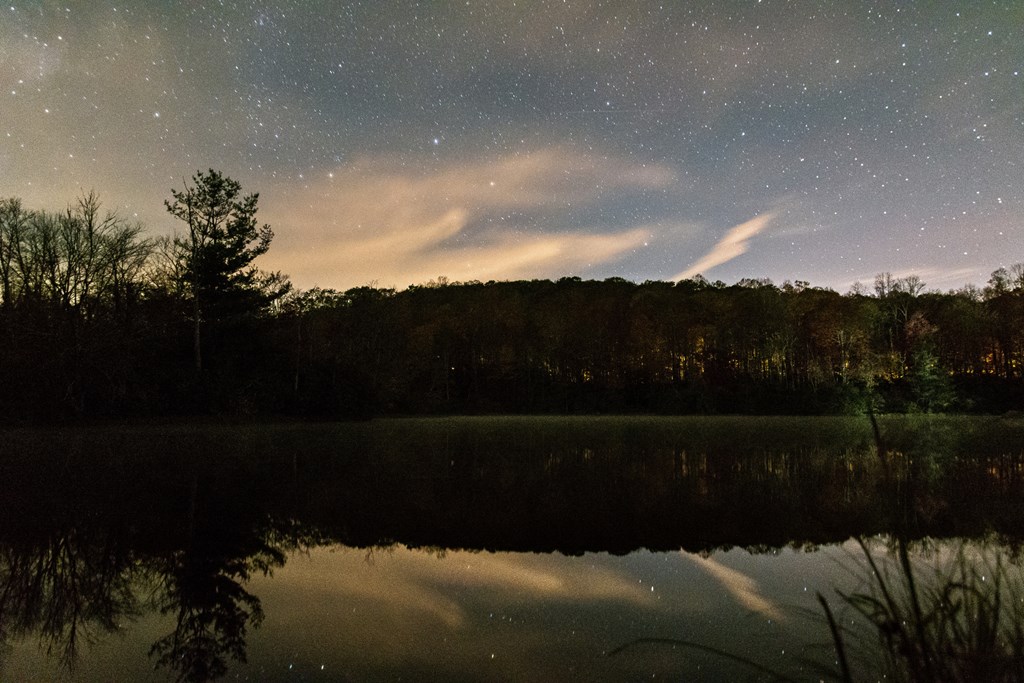
9. Portsmouth Island and Blue Ridge Observatory, North Carolina
North Carolina is a frequently overlooked destination, which is crazy because it has some of the most beautiful scenery in the country! A drive through Blue Ridge Parkway is a pleasure to take in during the day, but it also shines at night.
The Star Park in the Appalachian Mountains in Spruce Pine, North Carolina, is an ideal place to view the sky at night, surrounded by the Pisgah National Forest.
In addition to driving the Blue Ridge Parkway and viewing the stars, you can find hiking trails, wineries, restaurants, zoos, orchards and museums when traveling through the mountains. The area has entertainment options to suit any traveler.
Portsmouth Island, North Carolina, is another (more adventurous) option, as the 13-mile-long island in the Outer Banks is only accessible by boat. If you seek places with zero light pollution, this island offers a remote location with no city lights. Visit Portsmouth Island to enter full-on zen mode while checking out the Big Dipper.
Campgrounds Nearby:
Jonesborough / Cherokee NF KOA Journey
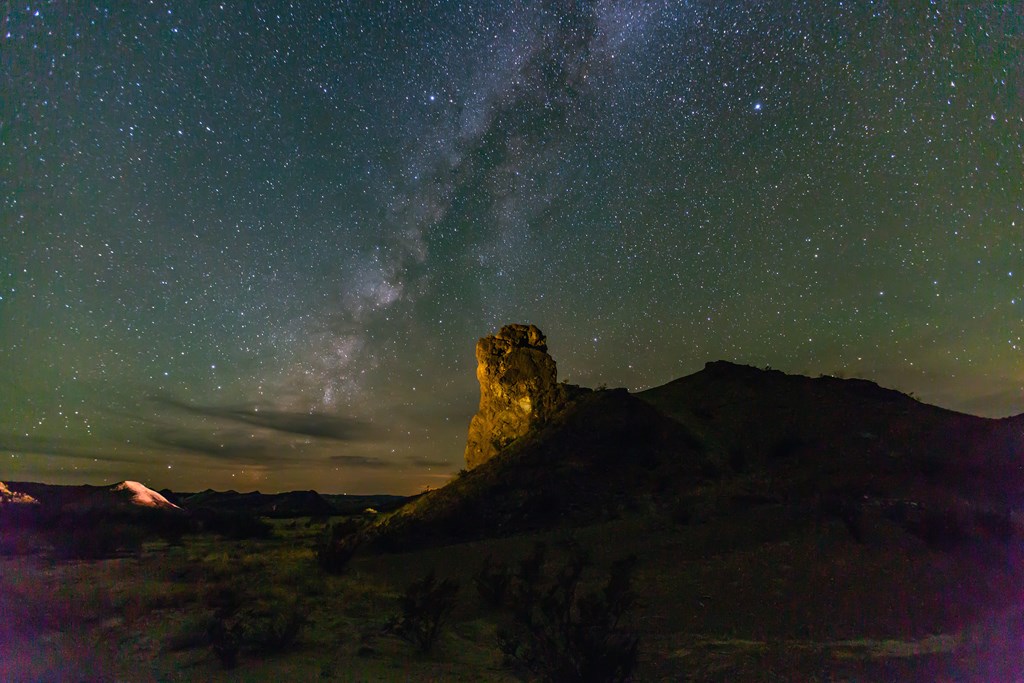
10. Big Bend National Park, Texas
Everyone knows, “The stars at night are big and bright deep in the heart of Texas.” That’s partly because Texas has plenty of remote, expansive deserts coupled with low humidity, significantly reducing light pollution. As a result, big Bend National Park is a fantastic place to hike and stargaze. Its many night sky programs are fun, informative, open to all ages, and free. The Big Bend site declares, “On a clear night, countless stars will dazzle you, including the Andromeda Galaxy, 2.5 million light years away.”
Visitors are encouraged to bring binoculars to see a bit more than with the naked eye, then set up a lawn chair and enjoy an evening of meteor showers, constellations, or night sky photography.
If you’re road-tripping to Big Bend National Park, check out dark sky RV parks so you have a place to stay along the way.
Campgrounds Nearby:
11. Voyageurs National Park, Minnesota
Let’s not forget the Midwest on the list of unforgettable places to stargaze. The wild and water-based Voyageurs National Park on the Minnesota-Canada border is named for the French-Canadian fur traders who frequented the region. It’s the place to go if you’re a canoeist, kayaker, boater, fisherman … or stargazer!
When conditions are right, on the occasional winter night, the aurora borealis lights up the night sky with shimmering streaks of blue, green, purple, and red. More frequently, visitors will get a view of the Milky Way, shooting stars, and other celestial objects. In addition, the park holds its three-day star party in August, which includes solar system walks, constellation tours, and a Perseid meteor shower viewing.
Campgrounds Nearby:
Tips for Dark Sky Viewing
Wherever you go for dark sky viewing, get the best experience by preparing before you go. Here are a few tips for an unforgettable trip:
- Minimize light pollution: Create a better viewing experience by bringing a red flashlight or red paper to dim your white flashlights. This step allows you to improve your visibility.
- Pack the right gear: Bring essentials like a chair or blanket, binoculars or telescope, warm clothes, water and snacks.
- Plan for celestial events: Find sky events, like meteor showers, and plan your trip around these happenings for a more memorable experience.
Plan Your Dark Sky Viewing Experience
A trip to a dark sky destination is a unique and highly satisfying way to take in nature. However, considering that so many people cannot see the stars due to light pollution, a quiet evening in the company of constellations and galaxies becomes a luxury.

Leslie, a.k.a. Copy Girl, is a copywriter who gets butterflies from telling stories through words.
Her voice comes from a place filled with passion, dreams, and lots of sugar. “Cake over steak” is her go-to motto.
With over 10 years of experience in crafting words, and years of embarking on travels that have taken this Montana girl to some incredible places, Leslie love the adventures of both body and mind her writing takes her on.
Everywhere she goes, she takes this advice with her:
“Hold on to your divine blush, your innate rosy magic, or end up brown.” – Tom Robbins, Jitterbug Perfume
To see what Leslie’s up to in the writing world, visit her website here.







